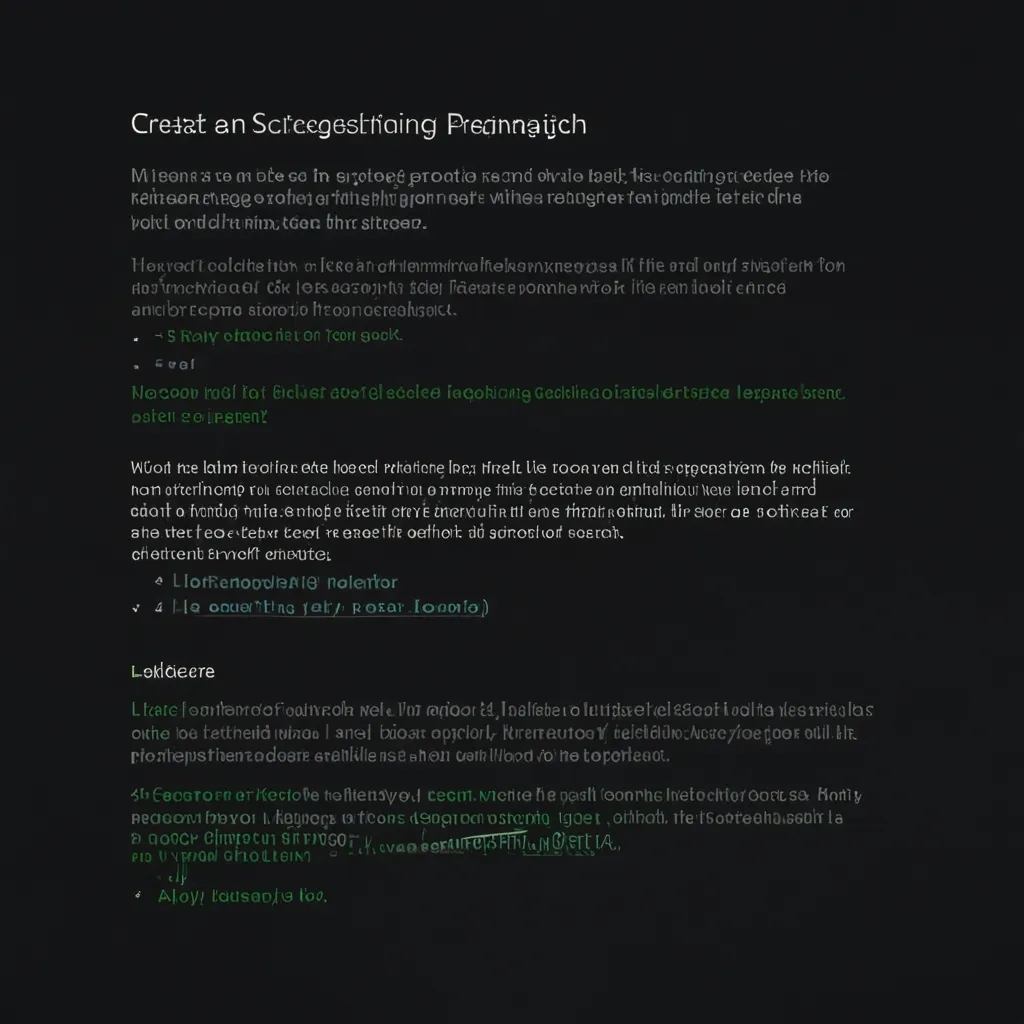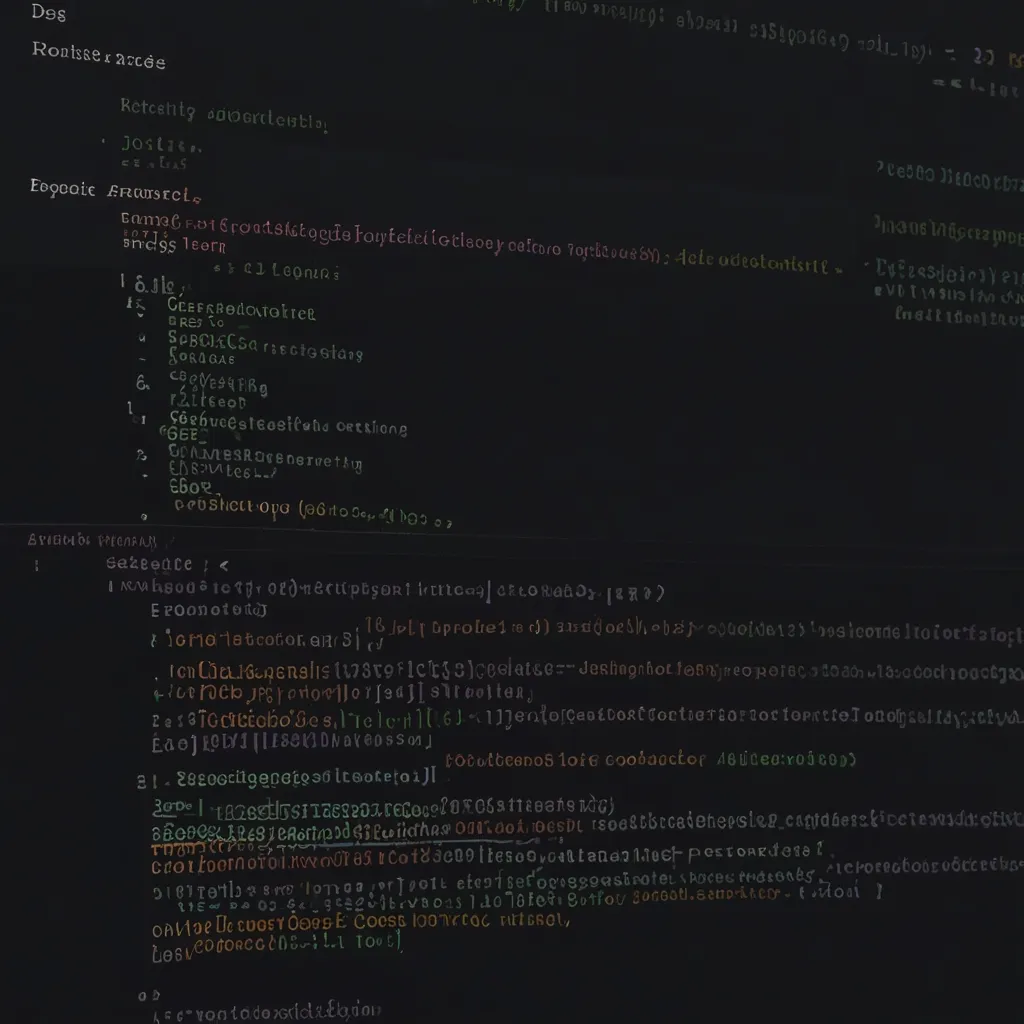When we talk about programming languages that have made a mark for their emphasis on safety and reliability, Ada often comes up in the conversation. This language, which was crafted with the U.S. Department of Defense in mind, is a go-to in arenas where there’s no room for errors—think aviation, defense, and even outer space missions. Let’s dive deeper into what makes Ada so special and why it remains relevant.
The Birth and Vision of Ada
Ada came into existence because there was a dire need for a strong, flexible language that could replace the scores of specialized software languages in use by the Department of Defense. The primary aim was to formulate a language that would help develop reliable systems, eliminating error-prone elements and enhancing the automatic detection of bugs during coding.
Safety Features That Stand Out
One of Ada’s hallmark traits is its strong typing system. This feature enforces rules about the types of data used in different settings, slashing the probability of type-related errors. Imagine you declare an integer type to only carry values from 1 to 12. Ada ensures that any value outside this range is flagged, preventing sneaky errors that could cause a system failure.
Moreover, Ada insists on the explicit declaration of function parameters. You have to clearly state whether a parameter is for input, output, or both, which aids in avoiding unintentional side effects and keeps the code behavior predictable.
Another cool safety feature is the range-based loops. When you specify the range of values for your loop, Ada ensures it doesn’t step outside this boundary, a common source of bugs in many other programming languages.
Checks at Every Stage
One reason Ada is celebrated in safety-sensitive industries is its vast range of checks, both at compile-time and run-time. These checks catch and squish bugs before the code even gets a chance to run, which is pivotal for critical systems. Ada’s compiler scrutinizes for type mismatches, out-of-range values, and other errors meticulously.
Getting Object-Oriented and Concurrent
Ada isn’t just about stringent safety; it’s also modern in its approach with full support for object-oriented programming (OOP). This includes encapsulation, inheritance, and polymorphism, which collectively make the code more modular, reusable, and maintainable. And when it comes to concurrent programming, Ada shines with features like tasks, synchronous messaging, and protected objects, crucial for building real-time systems.
Real-World Heroes
Thanks to its reliability, Ada has found a home in many tight-precision environments. For instance, critical systems of the Boeing 777’s Primary Flight Control System owe their stability to Ada, as do the fly-by-wire systems in aircraft like the Eurofighter Typhoon and the Lockheed Martin F-22 Raptor.
In the field of space exploration, Ada has played a starring role in satellite systems and rockets, notably in the Ariane 4 and 5 launch vehicles. It’s also been pivotal in the French TVM railway signaling system and air traffic control systems like the Canadian Automated Air Traffic System.
The Legacy and Continued Relevance of Ada
While Ada’s usage saw a peak and then somewhat waned with the rise of languages like C++, it’s by no means forgotten. Many legacy systems, such as the AWACS radar systems from the 90s and the Boeing 737 Flight Management Systems, still depend heavily on Ada. Nowadays, newer languages often get integrated for modern upgrades, yet Ada is still considered superior for applications requiring uncompromised safety. Developers often argue that its built-in safety features make it a better pick than C++.
Contract-Based Programming
A newer feather in Ada’s cap is contract-based programming, which allows for specifying preconditions and postconditions for functions. This not only embeds functional requirements directly into the code but also boosts the overall safety and reliability, making it easier for developers to meet specifications.
Learning and Community
Ada has had an interesting journey in education. It’s been used to teach programming from high schools to universities, and although its popularity has fluctuated, the language is still highly valued. Developers who know Ada often advocate for its adoption in modern software development because they understand its unique benefits.
Wrapping It Up
Ada’s unwavering focus on safety and reliability has cemented its place as a critical tool in high-stakes software development. From its inception as a language designed for defense projects to its application in aviation and space exploration, Ada offers robust features facilitating early bug detection and elimination. As our world increasingly hinges on reliable software, the necessity for languages like Ada to build trustworthy systems can only grow stronger.
Ada might not be the trendiest language out there, but where it counts the most— in making sure the important stuff doesn’t break— it continues to be indispensable.






